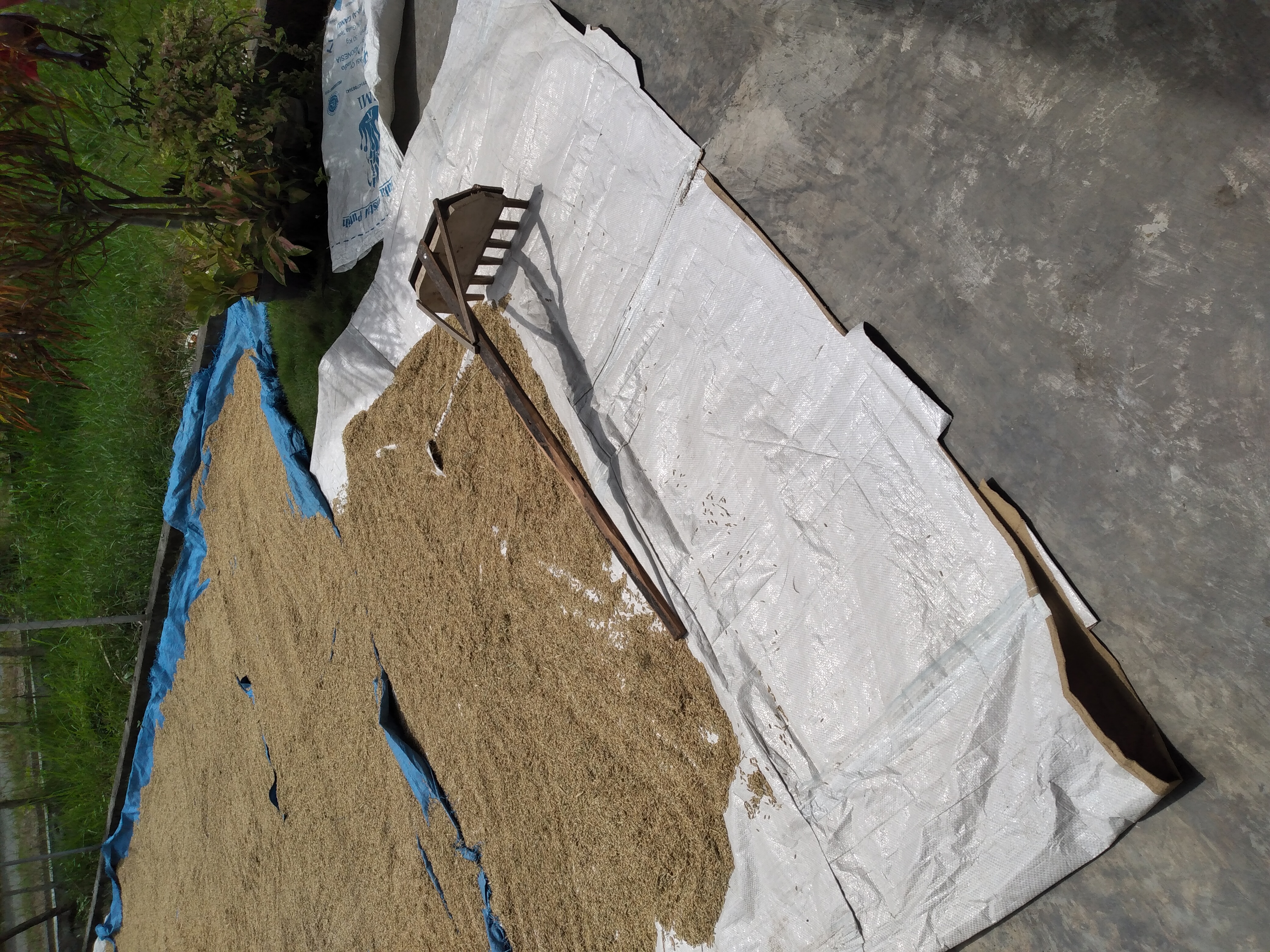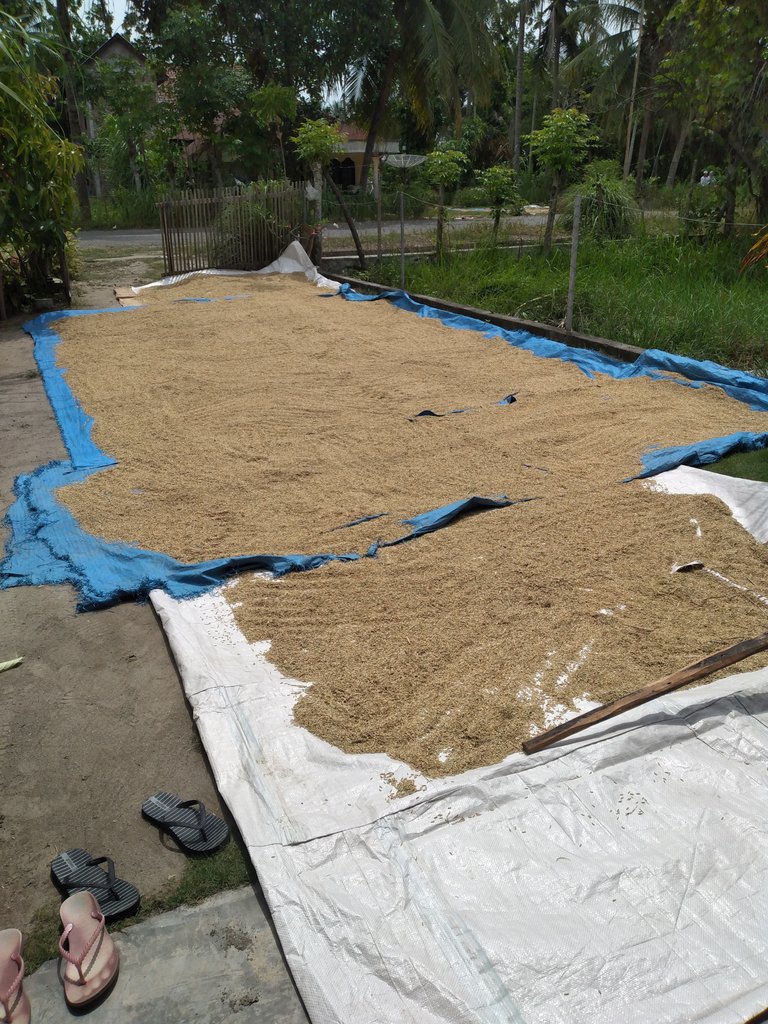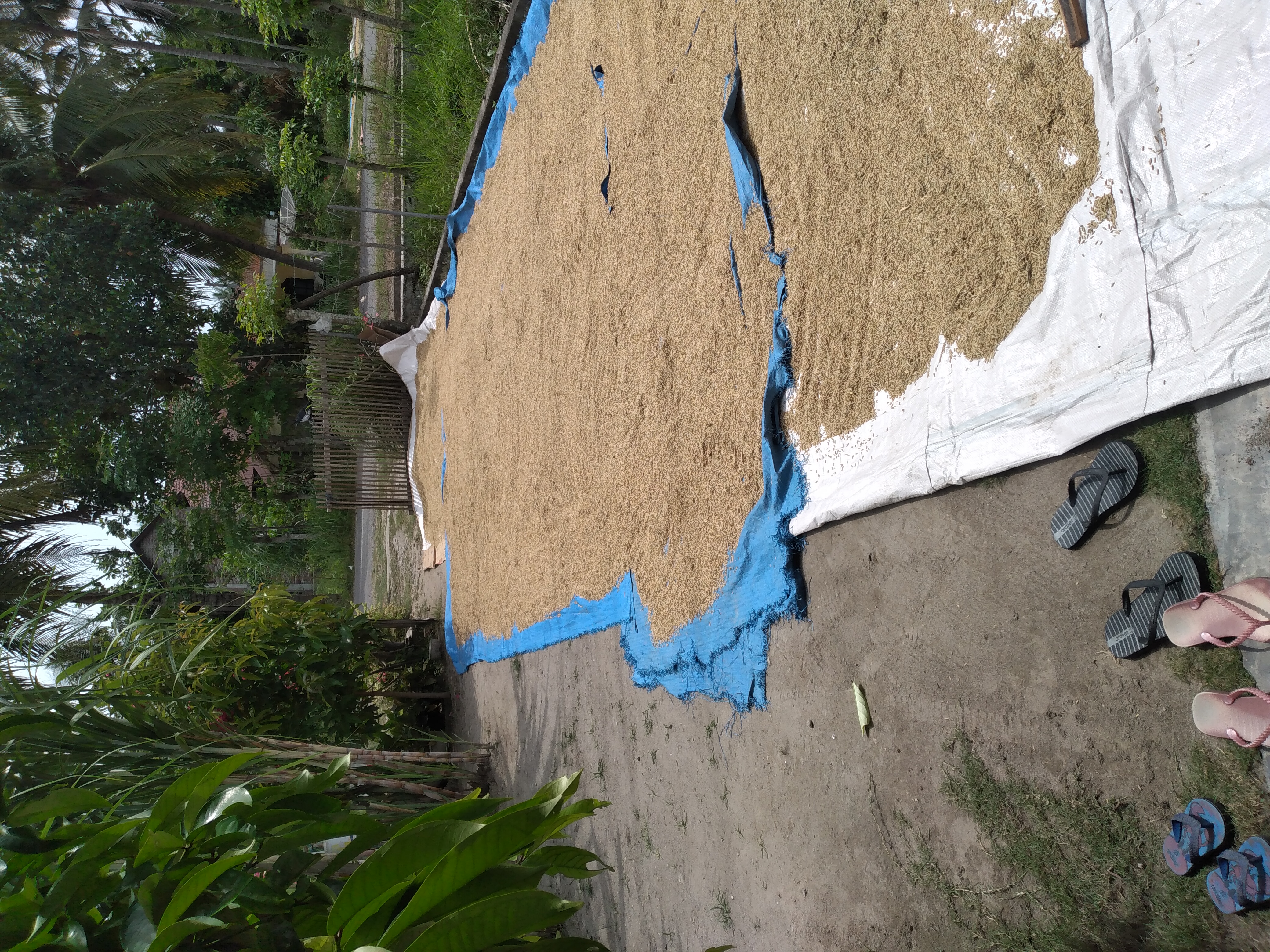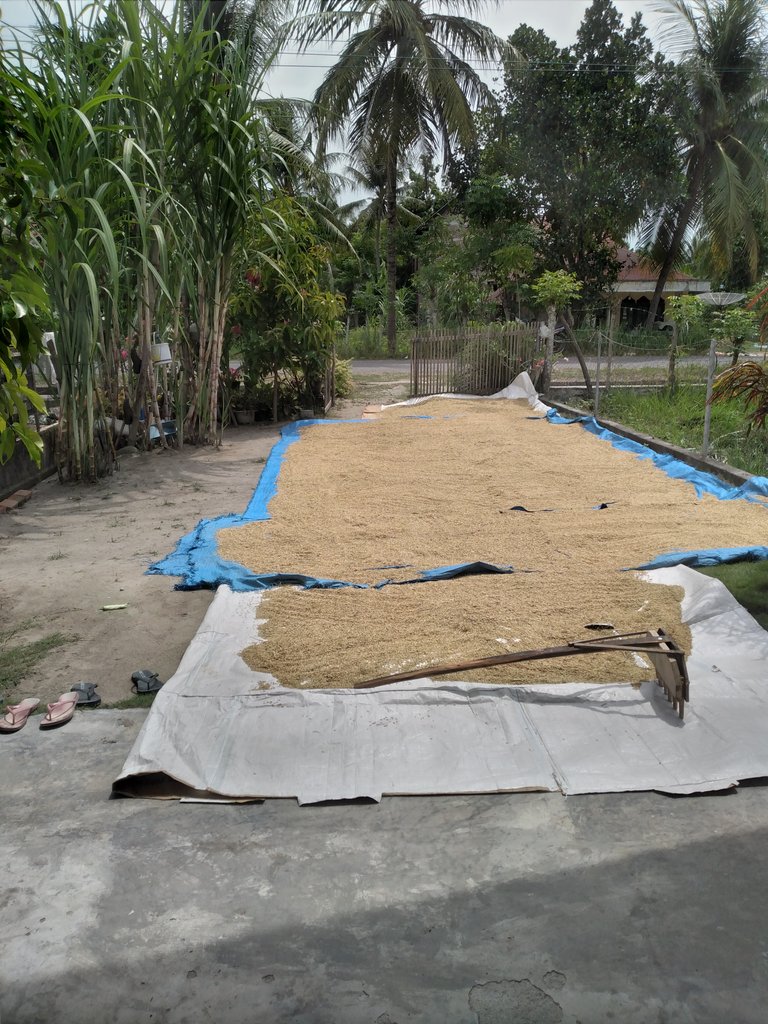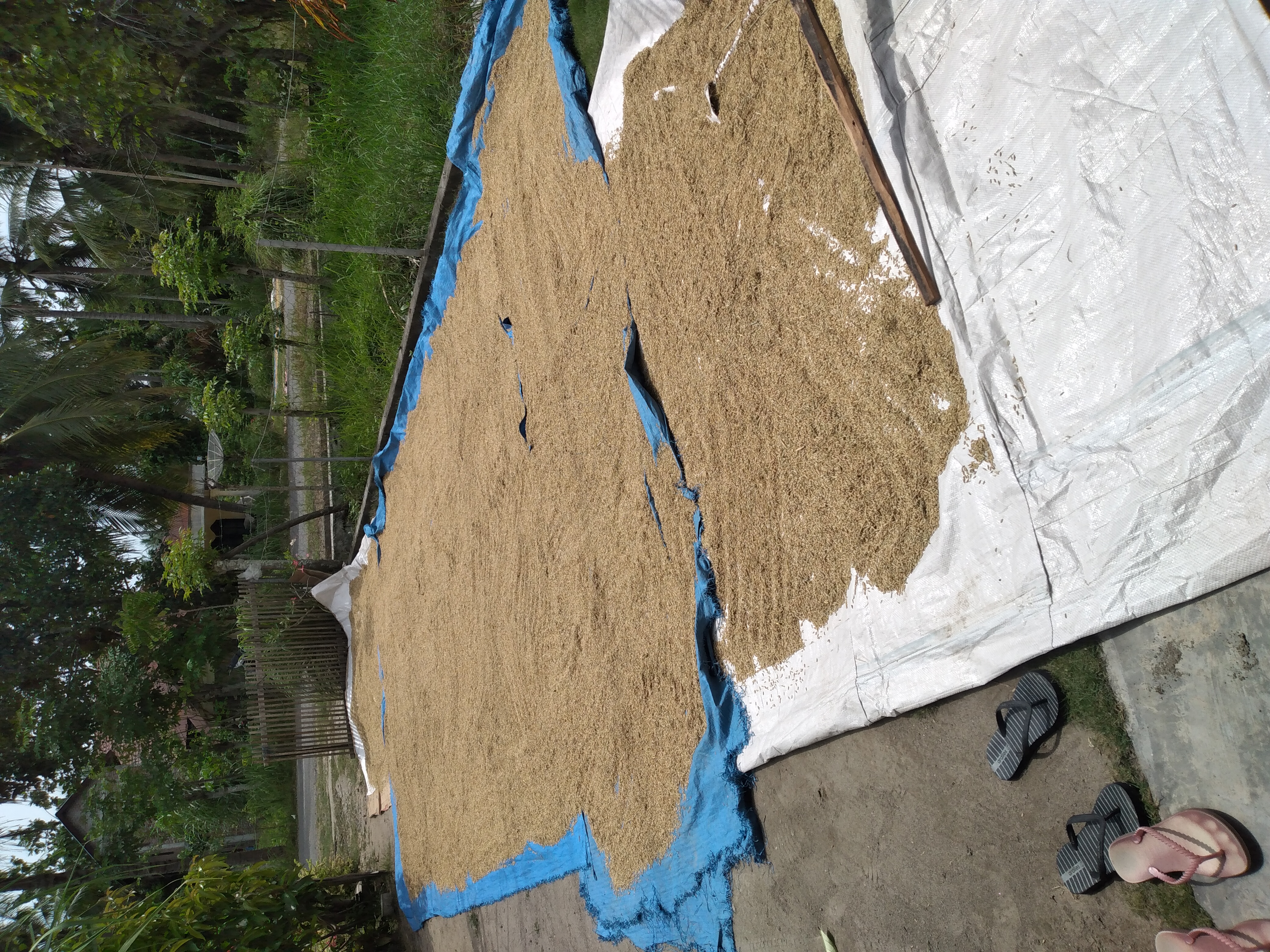
The rice harvesting process itself can be done in 2 ways, namely manually and you can also use the modern method, namely using a rice harvesting machine. After the harvesting process, the grain will enter the drying process. Usually the biggest obstacle in this process is the problem of unpredictable weather. Cloudy and rainy will have a big influence on this process because it will make this process longer.
If this problem occurs regularly after the rice is harvested, it can cause a decrease in the quality of the rice because it does not immediately undergo the drying process. This will result in the rice milling process, namely that the rice will easily break and be damaged during the milling process.
This drying process is carried out until the rice or grain has a content of 13 – 14%, which is the ideal level suitable for storing or grinding the rice. You can measure this moisture content using a grain moisture meter or moisture meter. One of the best moisture meters here is the Moisture Meter JV006 which will measure water content accurately.
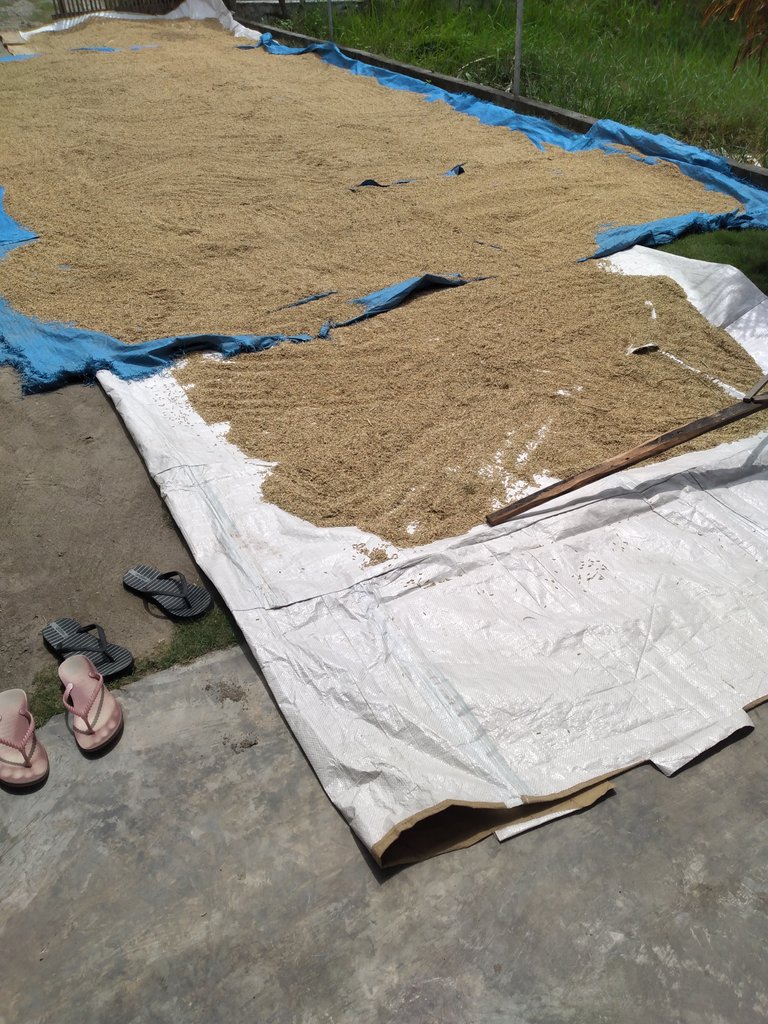
For small farmers in Indonesia, post-harvest during the rainy season is a problem in itself, especially in drying. The grain drying process is a way to reduce the moisture content (KA) of grain from harvested dry grain (around 23-29%) to milled dry grain (around 14%).
After harvest, the grain must be dried immediately because the moisture content of the grain after harvest is still quite high (around 23-30%). Grain that is stored without drying it first will be damaged. Even if drying is too late, it will reduce the quality and yield of the harvest, such as yellow grains, damaged seeds, and low milled yield.
Grain drying can be done traditionally using solar power (drying) or by using artificial drying equipment/machines. However, the drying process at too high a temperature or non-continuous hot conditions will cause high levels of broken rice.
